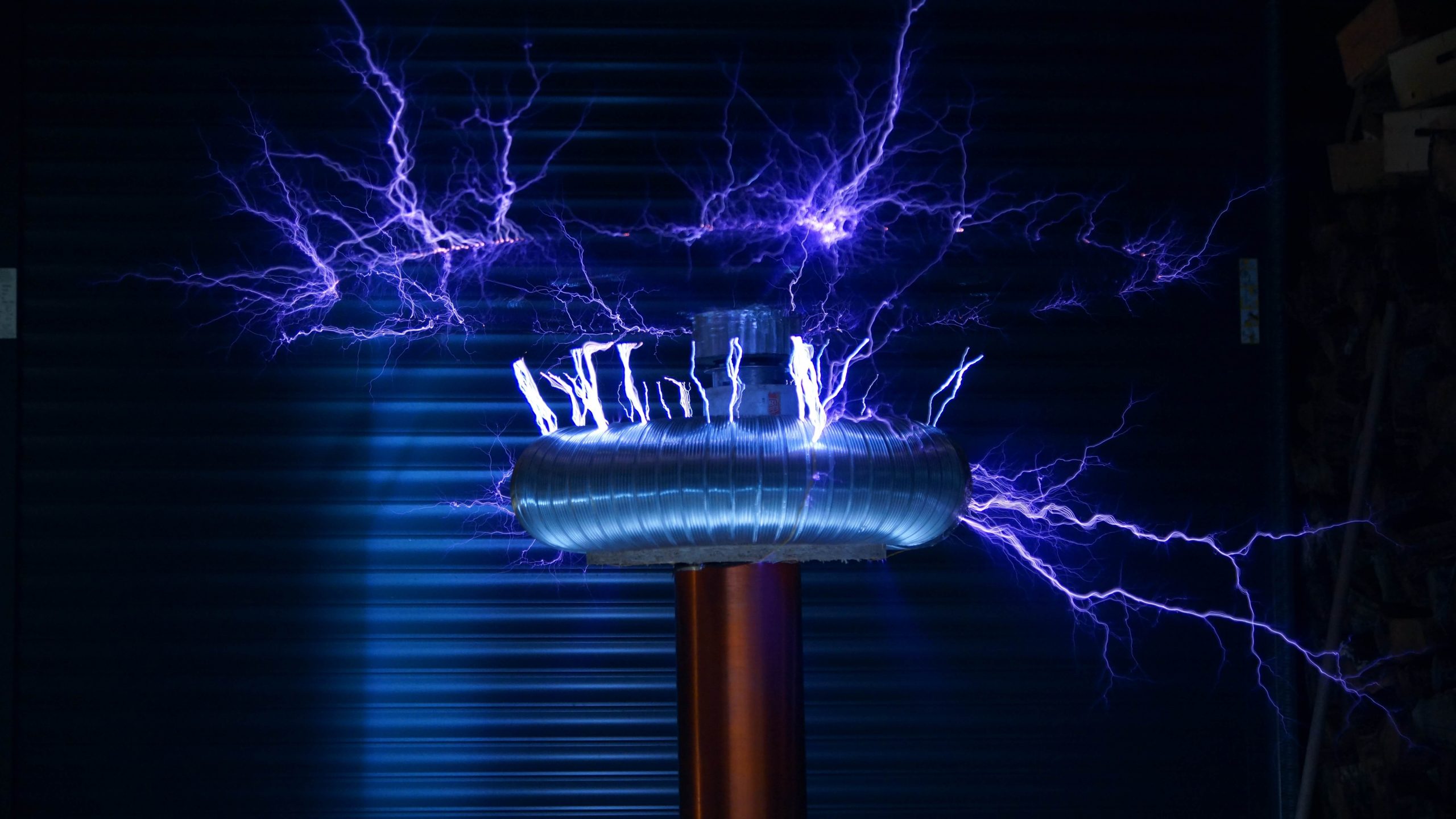Short-Circuit Analysis
We Offer Arc Flash Risk Assessment in all 50 States!
EDS can provide Short-Circuit Analysis in accordance with IEEE std 551-2006; Recommended Practice for Calculating Short-Circuit Currents in Industrial and Commercial Power Systems (Violet Book), in accordance IEEE std 399-1997; Recommended Practice for Industrial and Commercial Power Systems Analysis (Brown Book), IEEE std 141-1993; Recommended Practice for Electrical Power Distribution for Industrial Plants (Red Book), and ANSI C37.010, C37.13, C37.5. Short-circuit current values are calculated at each bus location on the one-line diagram. Three Phase, Single Line to Ground, Line to Line, Line to Line to Ground faults shall be analyzed.
The Analysis Shall Include The Following:
- Fault currents calculated based upon available fault current of the facility. Available incoming fault currents of the facility are obtained from providing utility.
- Motor contribution are incorporated in determining fault levels.
- Device / Bus / Equipment Identification and Type
- Voltage
- Device AIC rating
- Device / Bus / Equipment evaluation comments
- Short-circuit momentary duties and interrupting duties were calculated on the basis of maximum available fault current at each bus location on the one-line diagram.
- Results are presented in tabular form and shall include momentary and interrupting fault values.
- Device / Bus / Equipment Description
- Manufacturer and type of equipment
- Calculated short-circuit current

As equipment is entered into the software, the reactance and resistance, or total impedance, is calculated for each equipment type. When a full electrical system is modeled in EasyPower®, each branch of the system where a fault may occur can be broken down into its equivalent Thevenin impedance based upon each piece of equipment in that branch of the system. These values are then used to show current flow characteristics in a faulted situation.
Over-Dutied Equipment Analysis
Protective devices (fuses & breakers) perform the essential function of interrupting current and thereby limiting the release of energy that occurs during an arc flash. It is the scope of equipment duty to verify these protective devices have sufficient interrupting capability. Equipment duty calculates available short-circuit current against manufacturer ratings and expresses this ratio as a percentage.
Any protective device with insufficient capability to interrupt a three-phase short-circuit will be highlighted in red and flagged as a violation. A piece of equipment trying to clear a fault that is larger than the interrupting duty could fail to open and clear the fault. Over-dutied equipment is a hazard beyond an arc flash incident. If a fault were to occur at the load side terminals of an over-dutied breaker, the breaker would likely come apart in the form of an explosion sending breaker pieces out as shrapnel. When these items are found, they will be recommended for replacement.
Specialization
EDS specializes in many different aspects of electrical training and engineering.
Affordable Price
All training courses are available in affordable prices.
Free Estimation
To get a free no obligation quote, please email us your details or call us and we will get back to you the same day.
